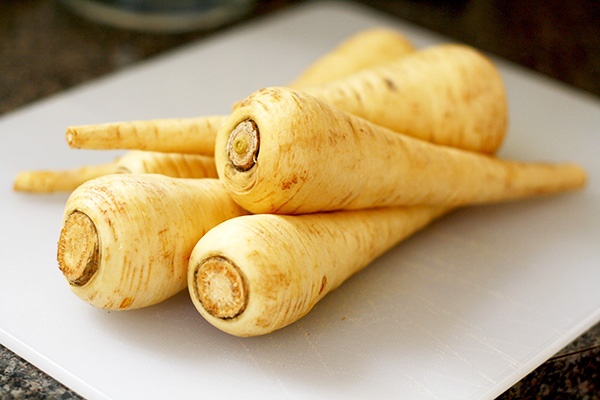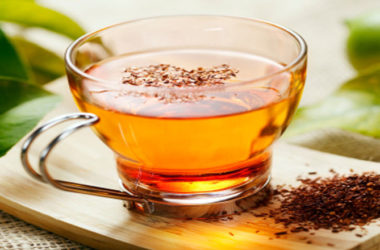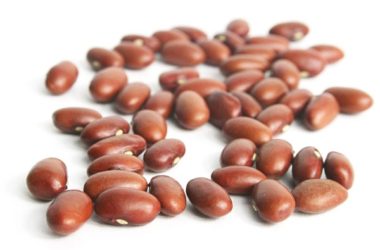Parsnip is one of the vegetables people usually know and they are usually added to various dishes. With the scientific name Pastinaca satva, it is a root vegetable and a relative of parsley and carrot. Native to Eurasia, parsnip can be cooked and can be eaten raw. The following are the health benefits of parsnip, along with a sample recipe.
Health Benefits
Fiber
As a vegetable, parsnip contains fiber. It is a substance that acts as a sweep to help the body to eliminate harmful substances like toxins and free radicals. Fiber also helps lower blood sugar and blood cholesterol levels, preventing diseases like diabetes mellitus and cardiovascular disorders like hypertension, atherosclerosis, coronary artery disease, and stroke. Reduction in the blood cholesterol levels promotes weight management, particularly weight loss. Also, fiber promotes digestion and metabolism; thus, reducing the risk of digestive problems such as constipation, hemorrhoids, and diverticulitis.
Cardiovascular Health
Another health benefit of consuming parsnip includes the promotion of the health of the heart and the blood vessels. According to Mercola, parsnip is rich in potassium, which serves as a vasodilator; it widens blood vessels, preventing elevated blood pressure and increased cardiac workload. This way, heart problems like heart failure can be prevented. It is added that parsnip contains folate which helps decrease levels of blood homocysteine, which is associated with heart diseases.
Immune Function
Eating parsnip also helps improve the function of the immune system. According to Organic Facts, parsnips are rich in antioxidants like vitamins C and E, which enable the body to remove harmful substances like toxins and free radicals, which usually causes diseases like heart disease and cancer. Both vitamins contribute to the body’s defense against illness and infection.
Sample Recipe
One recipe that uses parsnips includes Curry-Spiced Parsnips and Potatoes. According to The Guardian, the ingredients include parsnips, potatoes, sunflower oil, and garlic clove. For the curry spice mix, the ingredients are a tablespoon of coriander seeds, half a dozen black peppercorns, half teaspoon dried chili flakes, a teaspoon of ground fenugreek, a teaspoon of ground turmeric, and one-fourth teaspoon of fine sea salt.
To prepare, as per the publication, the oven is heated to 200 degrees Celsius (390 degrees Fahrenheit). Next, the coriander seeds and black peppercorns are put in a dry frying pan and toasted over gentle heat for a few minutes, until fragrant. Then, they are tipped into a pestle and mortar and left to cool. After that, the chili flakes are added and crushed to a coarse powder and mixed with the turmeric, fenugreek, and salt. Then, the spuds are peeled and cut into three to four cm chunks and put in the saucepan, covered with cold water and brought to a rolling boil. They are boiled for one minute; the heat is taken off and drained well. After that, the parsnips are peeled and cut into similar sized chunks to the potatoes; the core is removed if it seems tough or woody and the potatoes are added. Next, oil is poured into a large and shallow roasting dish and heated in the oven for five minutes. Then, the potatoes and parsnips are tipped into the hot oil and the spice mix is added until the vegetable is coated. The dish is roasted for 40 minutes and stirred until the potatoes and parsnips become golden and crisp. After that, the garlic is stirred in and returned to the oven for two to three minutes. Finally, the dish is served with yoghurt and mango chutney.













